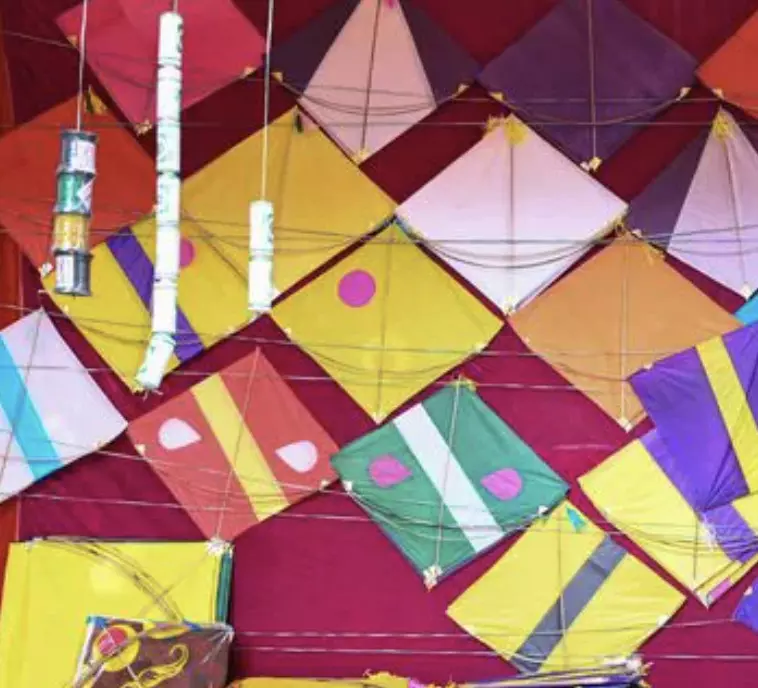Why do India’s Lohri, Makar Sankranti, and Pongal fall around the same time?
image for illustrative purpose

Lohri, Makar Sankranti, and Pongal are prominent festivals celebrated across India in mid-January. Despite regional differences in customs and traditions, these festivals share a common theme: the celebration of harvest and the changing seasons. In 2025, Lohri will be observed on January 13, Makar Sankranti on January 14, and Pongal from January 14 to 17.
Lohri 2025
Lohri marks the harvest of rabi crops and the end of the winter season. It is celebrated with great enthusiasm in Punjab, Haryana, Himachal Pradesh, and other northern states. The festival involves praying to the Sun God (Surya Devta) and the Fire God (Agni Dev) for agricultural prosperity. Bonfires are lit, and people gather around them to sing traditional songs, dance, and offer food to the fire as a symbol of gratitude for a bountiful harvest.
Makar Sankranti 2025
Makar Sankranti signifies the sun’s transition into the zodiac sign of Capricorn (Makara), heralding longer and warmer days. This astronomical event is seen as a new beginning, marking the end of the bitter cold and the start of the harvest season for winter crops. The festival is dedicated to Surya, the Hindu Sun God, and is celebrated with offerings, ritual bathing in holy rivers, and the preparation of sweets made from sesame seeds and jaggery. In Gujarat, Makar Sankranti is known for its vibrant kite-flying festivities, with the skies filled with colorful kites symbolizing joy and freedom.
Pongal 2025
Pongal, a four-day festival celebrated in Tamil Nadu and Pondicherry, derives its name from the Tamil word meaning ‘spilling over.’ This refers to the tradition of boiling the first rice of the season with milk and jaggery, symbolizing abundance and prosperity. The celebrations begin with Bhogi Pongal, a day for discarding old items and embracing new beginnings. Surya Pongal, dedicated to the Sun God, is observed on the second day. The third day, Mattu Pongal, honors cattle for their contribution to agriculture, while the final day, Kannum Pongal, is a time for social visits and community gatherings. In Kerala, devotees of Lord Ayyappan mark this season by observing Makaravilakku and making a pilgrimage to the Sabarimala temple.
These festivals, though distinct in their customs, highlight the importance of gratitude for nature’s bounty and the joy of community celebration, uniting India’s diverse cultural tapestry.

